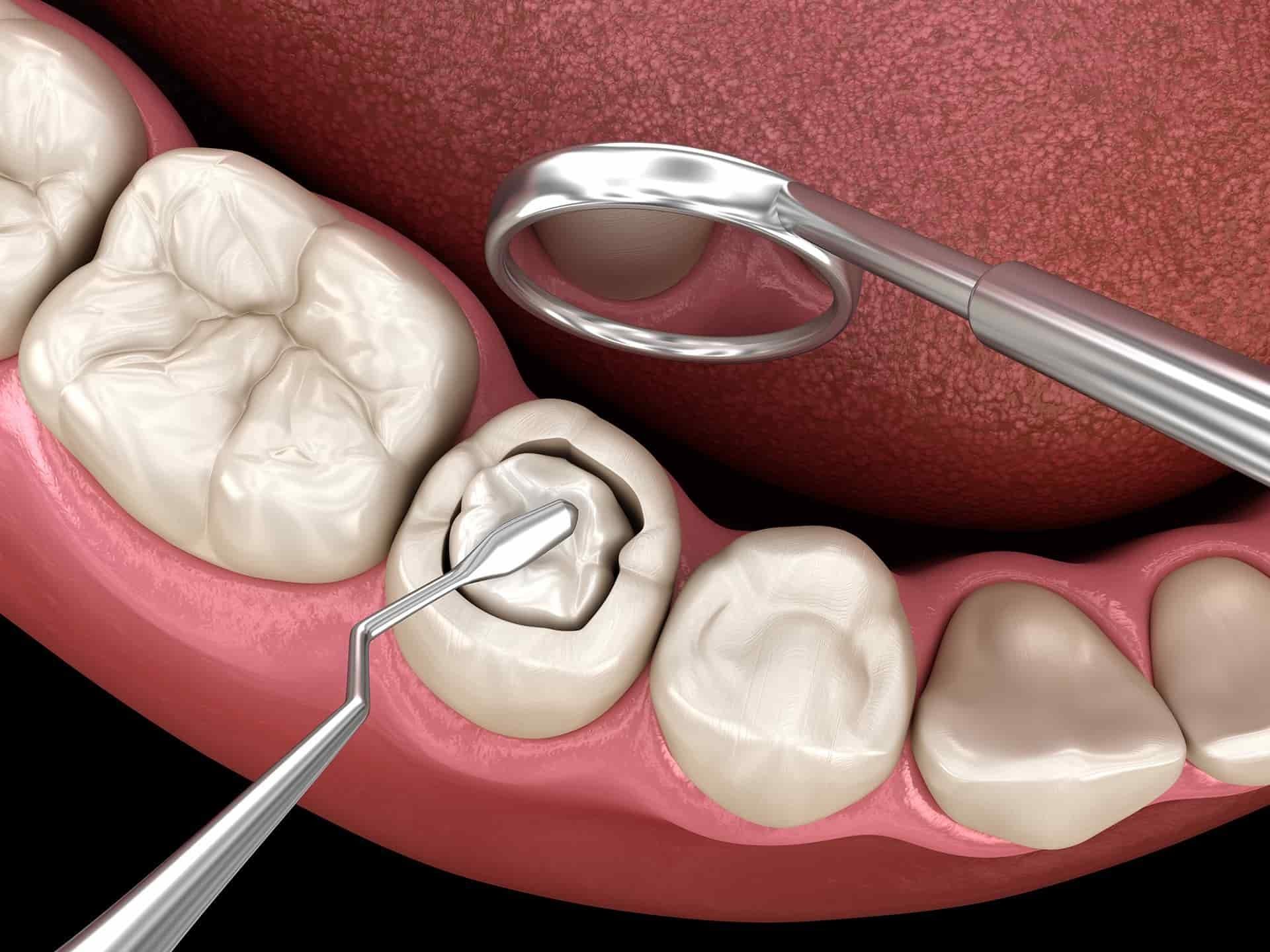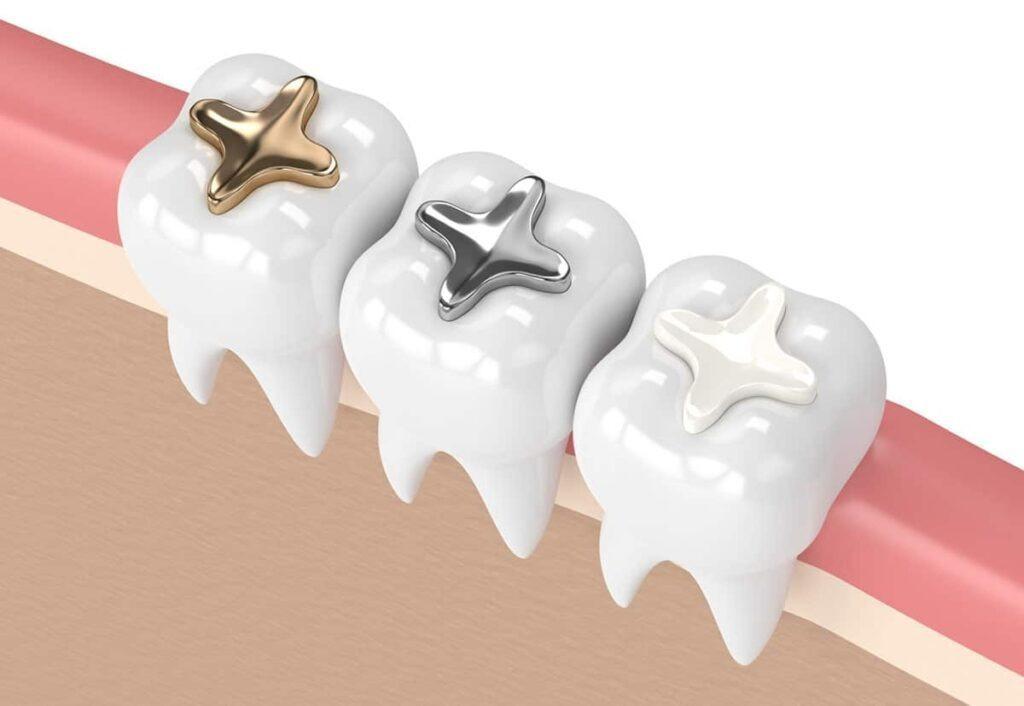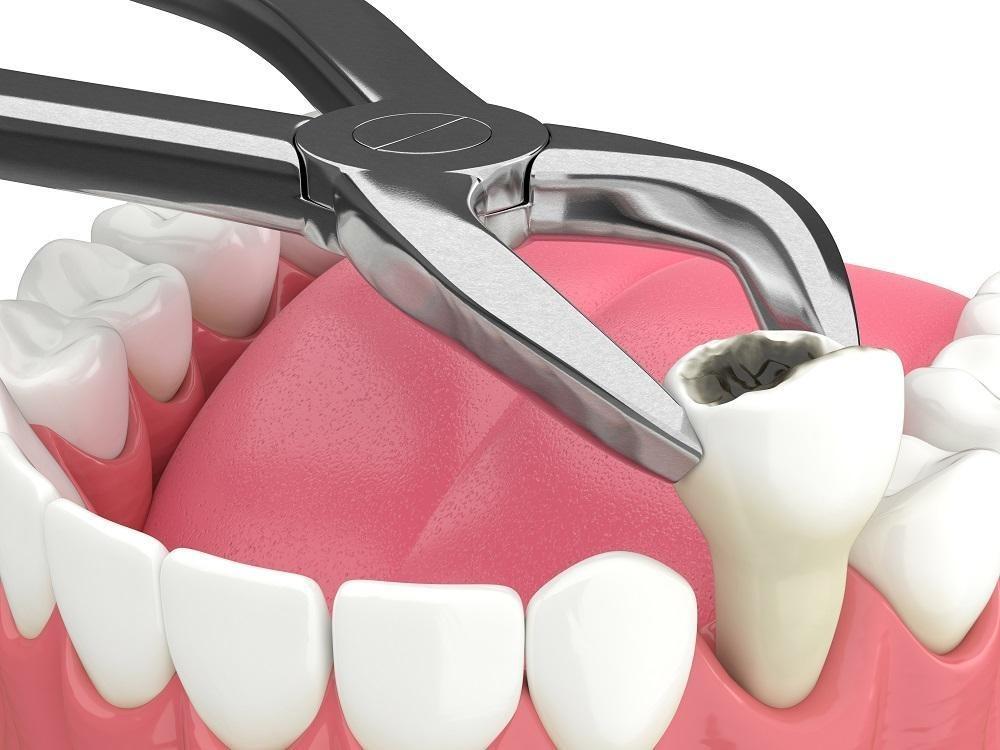Dental fillings are one of the most common restorative procedures in modern dentistry, designed to repair teeth damaged by decay, fractures, or enamel wear. Cavities not only compromise tooth appearance but can also lead to discomfort, sensitivity, and severe oral health complications if left untreated. Fillings restore the tooth’s structure, prevent further decay, and allow for normal biting and chewing function. They serve both a restorative and preventive purpose, maintaining oral health while preserving the natural tooth whenever possible.
At The Windsor Dental Practice, we guide patients through all available filling options, ensuring that choices are made based on durability, aesthetics, location of the tooth, and individual lifestyle factors. Modern dentistry offers various materials, including amalgam, composite, ceramic, gold, and glass ionomer fillings. Understanding each type allows patients to make informed decisions that protect their oral health and maintain a confident, natural-looking smile.
Understanding Dental Fillings
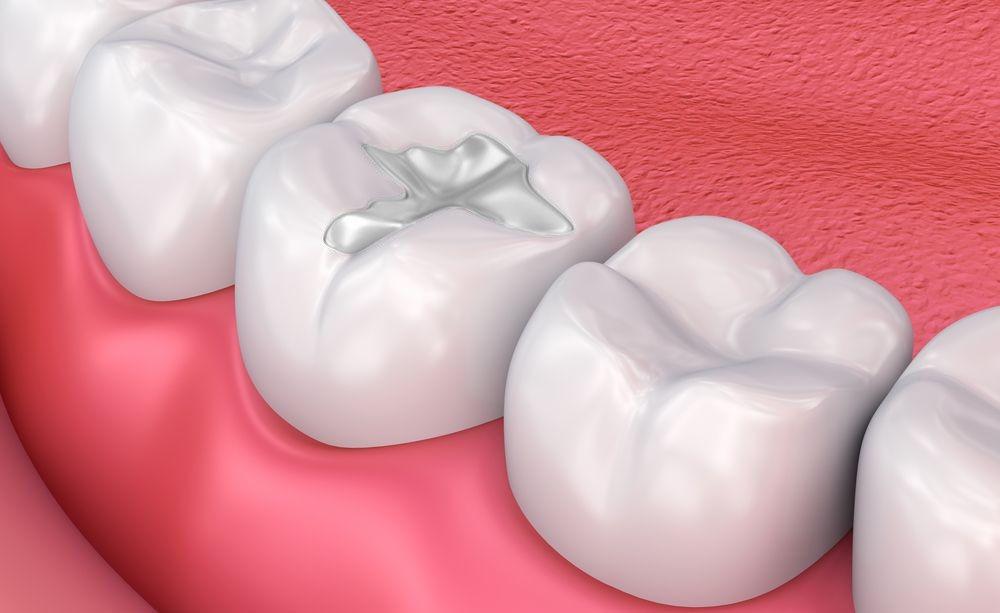
Purpose and Function of Fillings
Dental fillings restore teeth that have been compromised by decay or damage, sealing the affected area to prevent bacteria from penetrating deeper into the tooth. By replacing decayed or fractured tissue, fillings help preserve the tooth’s structural integrity and ensure that it continues to function properly during daily activities such as chewing, biting, and speaking. The restoration also prevents pain and sensitivity, which can occur when decay reaches the inner layers of the tooth.
Additionally, fillings serve a preventive role. By repairing cavities early, dentists can prevent the progression of decay, protecting surrounding teeth and gum tissue. They also maintain the alignment of the bite and support overall oral hygiene by making teeth easier to clean. Choosing the right filling material can influence the tooth’s strength, aesthetics, and longevity, making professional guidance crucial for optimal results.
When Are Fillings Needed
Dentists typically recommend fillings when decay is detected during a dental checkup or if patients experience symptoms like tooth sensitivity, pain when chewing, or discoloration on the enamel. Fillings can also address minor fractures or enamel erosion caused by habits such as teeth grinding, nail-biting, or chewing hard objects. Early treatment helps prevent more invasive procedures like root canals or crowns.
In addition to cavity repair, fillings may be used to restore worn or chipped teeth, improving both function and appearance. At The Windsor Dental Practice, our team evaluates each patient’s oral health thoroughly, considering the tooth’s location, extent of decay, and cosmetic needs before recommending the most appropriate filling material.
Amalgam Fillings (Silver Fillings)
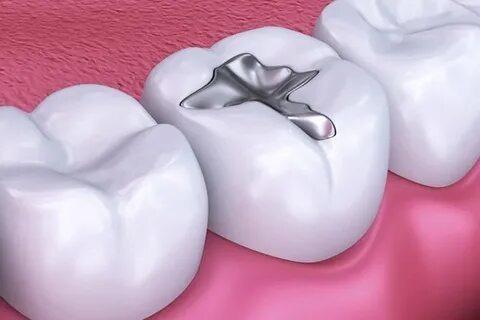
Composition and Durability
Amalgam fillings consist of a mixture of silver, mercury, tin, and copper, forming a highly durable material that withstands significant chewing forces. They are particularly suitable for molars and back teeth, which endure heavy pressure during eating. Amalgam fillings can last between 10–15 years, sometimes longer, making them a reliable choice for patients seeking long-term durability.
Their strength allows them to withstand the daily wear and tear of biting and grinding. Unlike some tooth-colored materials, amalgam is less sensitive to moisture during placement, which makes the procedure quicker and often easier for larger restorations. The longevity and resilience of amalgam have made it a trusted option for decades.
Advantages and Disadvantages
Amalgam fillings are cost-effective, highly durable, and resistant to wear, making them suitable for both small and large cavities in back teeth. They are also quicker to place compared to layered composites. However, their metallic color is noticeable, which can be a drawback for visible teeth. Some patients have concerns about the mercury content, although extensive research confirms amalgam is safe and approved by major dental associations.
Despite aesthetic limitations, amalgam remains a practical option for patients prioritizing strength and long-term functionality. Regular dental checkups ensure these fillings are monitored for any signs of wear or leakage, maintaining oral health over many years.
Composite Fillings (Tooth-Colored Fillings)
Material and Application
Composite fillings are made from resin-based materials that bond directly to the tooth structure. This bonding allows for minimal removal of healthy enamel, preserving more of the natural tooth. Dentists apply composites in layers, hardening each layer with a special light to create a strong and natural-looking restoration.
These fillings are highly versatile and can be used for both front and back teeth. Their ability to blend seamlessly with the surrounding enamel makes them ideal for visible areas, providing a cosmetic solution alongside functional restoration.
Pros and Cons
The primary advantage of composite fillings is their aesthetic appeal; they match the color and translucency of natural teeth. They also strengthen the tooth by bonding directly to the enamel and dentin. However, composites are generally less durable than metals, lasting 7–10 years on average, and are susceptible to staining over time. Placement takes longer than amalgam fillings due to layering and curing requirements.
Maintaining composite fillings requires careful oral hygiene and avoiding highly staining foods immediately after placement. At The Windsor Dental Practice, our dentists provide guidance on long-term care to preserve the appearance and function of these fillings.
Ceramic Fillings (Porcelain Fillings)
Aesthetic Benefits
Ceramic or porcelain fillings are designed to closely mimic the color, texture, and translucency of natural teeth, making them ideal for smile-focused restorations. They resist staining and retain their appearance over time, which is especially important for front teeth and visible areas. Porcelain provides a natural look that composites may not always achieve, giving patients confidence in their smile.
Ceramic fillings are fabricated in a dental laboratory and then bonded to the tooth, offering precise fit and exceptional aesthetics. Their ability to match surrounding teeth makes them an excellent choice for patients seeking both durability and cosmetic appeal.
Longevity and Cost
Ceramic fillings are durable and can last 15+ years with proper care. They are biocompatible, meaning they are unlikely to cause allergic reactions or sensitivity. The main disadvantage is cost; they are more expensive than composites or amalgam and require multiple dental visits due to the lab fabrication process.
Despite the higher investment, ceramic fillings offer long-term value through a combination of aesthetic appeal and functional longevity. Patients looking for durable, natural-looking restorations often find porcelain fillings to be the ideal solution.
Gold Fillings
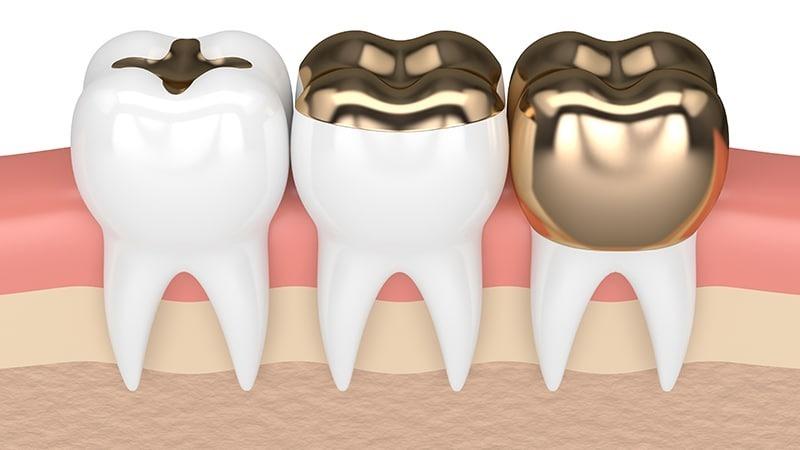
Strength and Durability
Gold fillings are made from gold alloys, providing exceptional strength, durability, and corrosion resistance. They can last 20 years or more, making them one of the longest-lasting filling options. Gold fillings are particularly suitable for molars and back teeth, where chewing forces are strongest.
Their durability makes them less likely to fracture or wear down over time, ensuring long-term stability and protection of the natural tooth. Patients with habits like grinding may benefit from the resilience that gold fillings provide.
Aesthetic and Cost Considerations
While gold fillings are highly durable, their metallic appearance is noticeable, which may not appeal to patients concerned with aesthetics. They are also among the most expensive types of fillings due to the material cost and laboratory fabrication required.
Despite these considerations, gold fillings are an excellent investment for those who prioritize longevity and functional performance over cosmetic concerns. Regular checkups help ensure gold restorations remain intact and free from damage.
Glass Ionomer Fillings
Unique Features
Glass ionomer fillings are composed of acrylic and glass powders that release fluoride over time, helping to protect against further decay. They bond directly to the tooth surface without the need for additional adhesives and are particularly effective for cavities near the gum line or in pediatric dentistry.
These fillings are especially useful for children, as they support healthy enamel development and provide a protective fluoride release. They are also easy to place, which makes the procedure faster and less invasive for young patients or sensitive teeth.
Limitations
Glass ionomer fillings are less durable than composites, amalgam, or gold, and are generally not recommended for high-pressure chewing areas. They may wear down faster and often serve as temporary or interim solutions until a more permanent restoration can be placed.
Proper oral hygiene and routine dental visits help maximize the lifespan of glass ionomer fillings. They remain a valuable option in preventive and pediatric dentistry due to their fluoride-releasing properties and conservative placement.
Resin Ionomer Fillings
Composition and Application
Resin ionomer fillings combine the benefits of glass ionomer materials with added resin for increased strength and aesthetics. They release fluoride like traditional glass ionomers but offer improved durability and smoother finishes, making them suitable for baby teeth or low-stress areas in adults.
These fillings provide a balance between preventive protection and aesthetic improvement. They are particularly beneficial in situations where maintaining fluoride protection is important while also achieving a natural appearance.
Advantages and Disadvantages
Resin ionomer fillings provide better aesthetics and durability compared to glass ionomer alone. They are effective for cavities in non-load-bearing areas and for young patients who may need temporary restorations. However, they are still not as strong as composites, ceramics, or metals, limiting their use in heavy chewing zones.
Dentists may use resin ionomers as interim solutions, allowing patients to maintain oral health while planning for a more permanent restoration if necessary.
Factors to Consider When Choosing a Filling

Location and Function of the Tooth
The location of the cavity plays a significant role in determining the ideal filling type. Front teeth, which are highly visible, benefit from aesthetic materials such as composites or ceramics, while molars require strong, durable fillings like amalgam or gold to withstand heavy chewing forces. Dentists assess the tooth’s function, bite pressure, and surrounding structure to recommend the best material for long-term success.
Considering functional needs ensures the restoration performs effectively without compromising the tooth’s integrity. A professional evaluation helps prevent complications such as fractures, premature wear, or decay around the filling, optimizing both oral health and appearance.
Budget and Longevity
Cost and longevity are important factors when choosing a filling. Amalgam and composite fillings are generally more affordable, while ceramic and gold offer extended durability at a higher initial cost. Patients should consider their oral health priorities, aesthetic preferences, and financial situation when making a decision.
Balancing budget and long-term outcomes helps ensure that patients receive both functional and visually pleasing restorations. At The Windsor Dental Practice, dentists provide clear guidance to help patients make informed choices that align with their goals and oral health needs.
Caring for Dental Fillings
Daily Maintenance
Proper care of fillings is essential to extend their lifespan. Brushing at least twice daily with fluoride toothpaste, flossing once daily, and using an antibacterial mouthwash prevent plaque buildup around the filling. Avoid chewing ice, hard candies, or other tough foods that could damage the restoration.
Regular checkups allow dentists to monitor the condition of fillings and catch potential problems early. Maintaining consistent oral hygiene ensures that fillings continue to protect the tooth and support overall dental health.
When to Replace Fillings
Over time, fillings can wear down, crack, or loosen. Signs that a filling may need replacement include sensitivity, pain, visible damage, or discoloration around the restored tooth. Timely replacement prevents decay from spreading and protects the tooth from further complications.
Routine dental visits are essential for monitoring the condition of fillings. Dentists at The Windsor Dental Practice evaluate restorations during checkups and recommend replacement or repair as needed to maintain optimal oral health.
Step-by-Step Filling Procedure
- Examination and Diagnosis – X-rays and visual inspection determine the extent of decay and the appropriate treatment.
- Anesthesia – Local anesthesia ensures a painless procedure.
- Decay Removal – The dentist carefully removes decayed tissue.
- Tooth Preparation – The cavity is cleaned and shaped to accommodate the filling material.
- Filling Placement – Material is applied in layers if composite, or placed directly if amalgam, gold, or glass ionomer.
- Polishing and Bite Check – The filling is smoothed, and the bite is adjusted for comfort and function.
Following these steps ensures that the tooth is fully restored, functional, and protected from further damage.
Conclusion
Choosing the right dental filling is a crucial step in maintaining overall oral health, restoring tooth function, and achieving a confident smile. The type of filling you select depends on multiple factors, including the location of the tooth, the severity of decay, aesthetic considerations, durability, and cost. Each material, whether amalgam, composite, ceramic, gold, or glass ionomer, offers unique advantages and potential limitations, making it essential to make an informed choice in consultation with a dental professional. A well-chosen filling not only restores the tooth but also helps prevent future dental problems, reducing the likelihood of further decay, sensitivity, or fractures.
Equally important is maintaining proper oral hygiene and attending regular dental checkups. Brushing twice daily, flossing, using mouthwash, and limiting sugary or acidic foods ensures that fillings last longer and continue to protect your teeth. Regular dental visits allow professionals to monitor the condition of your fillings, address early signs of wear or damage, and provide preventive care to minimize the risk of new cavities. Taking a proactive approach to dental care not only extends the lifespan of your restorations but also enhances overall oral health and confidence.
FAQs
1. How long do dental fillings last?
Depending on the material, fillings can last 5–20 years with proper oral care.
2. Are tooth-colored fillings strong enough for molars?
Composites and ceramics are durable, but metals like amalgam or gold may last longer under heavy chewing.
3. Will getting a filling be painful?
Local anesthesia ensures the procedure is comfortable. Mild sensitivity may occur after placement but usually resolves quickly.
4. Can fillings fall out or get damaged?
Yes, old or worn fillings may need replacement to prevent decay or tooth damage.
5. How can I maintain my fillings at home?
Brush twice daily, floss, avoid chewing hard objects, and attend regular dental checkups to monitor fillings.

